Mouse Anti-EGFR Recombinant Antibody (clone 14E1)
CAT#: HPAB-S0023-YC
The murine Mab 14E1 binds to the extracellular domain of human EGFR. The ability of Mab 14E1 to recognize EGFRvIII which lacks amino acids 6 to 273 of the extracellular domain was tested in immunoblot experiments.














Specifications
- Host Species
- Mouse
- Type
- Mouse IgG
- Specificity
- Human EGFR
- Species Reactivity
- Human
- Clone
- 14E1
- Applications
- IB, FuncS
Product Property
- Purity
- >95% as determined by SDS-PAGE and HPLC analysis
- Concentration
- Please refer to the vial label for the specific concentration.
- Buffer
- PBS
- Preservative
- No preservatives
- Storage
- Centrifuge briefly prior to opening vial. Store at +4°C short term (1-2 weeks). Aliquot and store at -20°C long term. Avoid repeated freeze/thaw cycles.
Target
- Alternative Names
- Epidermal Growth Factor Receptor; Receptor Tyrosine-Protein Kinase ErbB-1; Erb-B2 Receptor Tyrosine Kinase 1; Proto-Oncogene C-ErbB-1; EC 2.7.10.1; ERBB1; ERBB; HER1; Epidermal Growth Factor Receptor (Avian Erythroblastic Leukemia Viral (V-Erb-B) Oncogene Homolog); Erythroblastic Leukemia Viral (V-Erb-B) Oncogene Homolog (Avian)
- Gene ID
- 1956
- UniProt ID
- P00533
Customer Review
There are currently no Customer reviews or questions for HPAB-S0023-YC. Click the button above to contact us or submit your feedback about this product.
Submit Your Publication
Published with our product? Submit your paper and receive a 10% discount on your next order! Share your research to earn exclusive rewards.
Related Diseases
Related Signaling Pathways
Downloadable Resources
Download resources about recombinant antibody development and antibody engineering to boost your research.
Product Notes
This is a product of Creative Biolabs' Hi-Affi™ recombinant antibody portfolio, which has several benefits including:
• Increased sensitivity
• Confirmed specificity
• High repeatability
• Excellent batch-to-batch consistency
• Sustainable supply
• Animal-free production
See more details about Hi-Affi™ recombinant antibody benefits.
Datasheet
MSDS
COA
Certificate of Analysis LookupTo download a Certificate of Analysis, please enter a lot number in the search box below. Note: Certificate of Analysis not available for kit components.
See other products for "Clone 14E1"
- CAT
- Product Name
See other products for "EGFR"
Select a product category from the dropdown menu below to view related products.
| CAT | Product Name | Application | Type |
|---|---|---|---|
| TAB-750 | Anti-EGFR/HER1 Recombinant Antibody (TAB-750) | Neut, ELISA, IF, IP, FuncS, FC, WB | IgG1 - kappa |
| TAB-H35 | Anti-Human EGFR Recombinant Antibody (Futuximab) | IF, WB, Inhib | IgG1 - kappa |
| TAB-0225CL-S(P) | Human Anti-EGFR Recombinant Antibody; scFv Fragment (TAB-0225CL-S(P)) | Block, Inhib, FuncS, Apop, In vivo | Human scFv |
| PABX-051 | Recombinant Human Anti-EGFR Antibody (Matuzumab) | WB, Neut, FuncS, FC, ELISA, IF, Inhib | IgG |
| TAB-464CQ | Anti-Human EGFR Recombinant Antibody (TAB-464CQ) | ELISA, IHC, FC, IP, IF, FuncS | IgG1, κ |
| CAT | Product Name | Application | Type |
|---|---|---|---|
| NABG-056 | Recombinant Anti-Mouse Egfr VHH Single Domain Antibody | ELISA, IHC, FC, FuncS | Llama VHH |
| PNBL-016 | Recombinant Anti-Human EGFR VHH Single Domain Antibody (PNBL-016) | WB, ELISA | Llama VHH |
| PNBL-017 | Recombinant Anti-Human EGFR VHH Single Domain Antibody (PNBL-017) | FuncS, ELISA, IF | Llama VHH |
| PNBL-018 | Recombinant Anti-Human EGFR VHH Single Domain Antibody (PNBL-018) | FuncS, SPR | Llama VHH |
| HPAB-1027WJ | Recombinant Camelid Anti-EGFR Single Domain Antibody | ELISA, WB | Camelid VHH |
| CAT | Product Name | Application | Type |
|---|---|---|---|
| PFBL-080 | Human Anti-EGFR Recombinant Antibody; Fab Fragment (PFBL-080) | ELISA, WB, FuncS | Human Fab |
| HPAB-2194LY-F(E) | Mouse Anti-EGFR Recombinant Antibody; Fab Fragment (HPAB-2194LY-F(E)) | ELISA, WB | Mouse Fab |
| HPAB-2195LY-F(E) | Mouse Anti-EGFR Recombinant Antibody; Fab Fragment (HPAB-2195LY-F(E)) | ELISA | Mouse Fab |
| HPAB-2196LY-F(E) | Mouse Anti-EGFR Recombinant Antibody; Fab Fragment (HPAB-2196LY-F(E)) | ELISA | Mouse Fab |
| HPAB-2197LY-F(E) | Mouse Anti-EGFR Recombinant Antibody; Fab Fragment (HPAB-2197LY-F(E)) | ELISA | Mouse Fab |
| CAT | Product Name | Application | Type |
|---|---|---|---|
| TAB-0564CL-F(E) | Mouse Anti-EGFR Recombinant Antibody; Fab Fragment (TAB-0564CL-F(E)) | ELISA | Mouse Fab |
| TAB-0565CL-F(E) | Mouse Anti-EGFR Recombinant Antibody; Fab Fragment (TAB-0565CL-F(E)) | ELISA | Mouse Fab |
| TAB-273MZ-F(E) | Mouse Anti-EGFR Recombinant Antibody; Fab Fragment (TAB-273MZ-F(E)) | FC | Mouse Fab |
| TAB-275MZ-F(E) | Mouse Anti-EGFR Recombinant Antibody; Fab Fragment (TAB-275MZ-F(E)) | FC | Mouse Fab |
| TAB-276MZ-F(E) | Anti-Human EGFR Recombinant Antibody Fab Fragment (LA1) | MTT assay |
| CAT | Product Name | Application | Type |
|---|---|---|---|
| TAB-297MZ | Anti-Human EGFR Recombinant Antibody (H225) | ELISA, WB | Humanized antibody |
| TAB-297MZ-S(P) | Anti-Human EGFR Recombinant Antibody scFv Fragment (H225) | ELISA, WB | Humanized antibody |
| TAB-298MZ-S(P) | Anti-Human EGFR Recombinant Antibody scFv Fragment (Hu225) | ELISA, WB | Humanized antibody |
| TAB-300MZ-S(P) | Human Anti-EGFR Recombinant Antibody; scFv Fragment (TAB-300MZ-S(P)) | ELISA | Humanized scFv |
| PABX-051-S (P) | Recombinant Mouse Anti-EGFR Antibody scFv Fragment (Matuzumab) | WB, Neut, FuncS | scFv |
| CAT | Product Name | Application | Type |
|---|---|---|---|
| TAB-278MZ-F(E) | Human Anti-EGFR Recombinant Antibody; Fab Fragment (TAB-278MZ-F(E)) | ELISA, WB | Human Fab |
| TAB-279MZ-F(E) | Human Anti-EGFR Recombinant Antibody; Fab Fragment (TAB-279MZ-F(E)) | ELISA, WB | Human Fab |
| TAB-282MZ-F(E) | Human Anti-EGFR Recombinant Antibody; Fab Fragment (TAB-282MZ-F(E)) | ELISA | Human Fab |
| TAB-283MZ-F(E) | Human Anti-EGFR Recombinant Antibody; Fab Fragment (TAB-283MZ-F(E)) | ELISA | Human Fab |
| TAB-284MZ-F(E) | Human Anti-EGFR Recombinant Antibody; Fab Fragment (TAB-284MZ-F(E)) | ELISA | Human Fab |
| CAT | Product Name | Application | Type |
|---|---|---|---|
| Gly-055LC | Recombinant Anti-Human EGFR Antibody (Fc glycosylation/High-mannose glycosylated) | ELISA | Chimeric antibody (mouse/human) |
| Gly-144LC | Recombinant Anti-Human EGFR Antibody (Fc glycosylation) | ELISA | Humanized antibody |
| CAT | Product Name | Application | Type |
|---|---|---|---|
| Gly-055LC-1 | Recombinant Anti-Human EGFR Antibody (Fc glycosylation/High-mannose glycosylated) | ELISA | Chimeric antibody (mouse/human) |
| CAT | Product Name | Application | Type |
|---|---|---|---|
| Gly-167LC | Recombinant Anti-Human EGFR Antibody (Non-glycosylated) | ELISA | Human antibody |
| CAT | Product Name | Application | Type |
|---|---|---|---|
| BRD-0183MZ | Chicken Anti-EGFR Polyclonal IgY | WB | Chicken antibody |
| CAT | Product Name | Application | Type |
|---|---|---|---|
| MHC-LC773 | A*0201/Human EGFR (YLNTVQPTCV) MHC Tetramer | FCM | |
| MHC-LC4545 | PE-DQB1*03:02/Human EGFR (SRALEEKKGNYVVTHG) MHC Tetramer | FCM |
| CAT | Product Name | Application | Type |
|---|---|---|---|
| NEUT-722CQ | Rabbit Anti-EGFR Recombinant Antibody (clone CBL1011) | Neut | Rabbit IgG |
| NEUT-723CQ | Mouse Anti-EGFR Recombinant Antibody (clone CBL931) | WB, IP, IHC, ICC, Neut | Mouse IgG1 |
| NEUT-724CQ | Rabbit Anti-EGFR Recombinant Antibody (NEUT-724CQ) | IF, FC, WB, IP, Neut | Rabbit IgG |
| CAT | Product Name | Application | Type |
|---|---|---|---|
| MOR-4570 | Hi-Affi™ Rabbit Anti-EGFR Recombinant Antibody (clone TH82DS) | ELISA | Rabbit IgG |
| MOR-4571 | Hi-Affi™ Rabbit Anti-EGFR Recombinant Antibody (clone TH83DS) | WB, IF, ICC, FC | Rabbit IgG |
| MOR-4675 | Hi-Affi™ Rabbit Anti-EGFR Recombinant Antibody (clone TH189DS) | WB, IF, ICC, FC | Rabbit IgG |
| MOR-4676 | Hi-Affi™ Rabbit Anti-EGFR Recombinant Antibody (clone TH190DS) | WB, IF, ICC, FC | Rabbit IgG |
| MOR-0033-FY | Rabbit Anti-EGFR Recombinant Antibody (clone AFY0004) | ICC, IHC, WB | Rabbit IgG |
| CAT | Product Name | Application | Type |
|---|---|---|---|
| HPAB-0010-YC | Mouse Anti-EGFR Recombinant Antibody (clone L211C) | ELISA, FC | Mouse IgG |
| HPAB-0011-YC | Human Anti-EGFR Recombinant Antibody (clone Pep 1) | FC | Human IgG |
| HPAB-0012-YC | Human Anti-EGFR Recombinant Antibody (clone Pep 2) | FC | Human IgG |
| HPAB-0013-YC | Human Anti-EGFR Recombinant Antibody (clone Pep 3) | FC | Human IgG |
| HPAB-0014-YC | Human Anti-EGFR Recombinant Antibody (clone Pep 4) | FC | Human IgG |
| CAT | Product Name | Application | Type |
|---|---|---|---|
| HPAB-0136-YJ-S(P) | Human Anti-EGFR Recombinant Antibody; scFv Fragment (HPAB-0136-YJ-S(P)) | ELISA, FC, Inhib, FuncS | Human scFv |
| HPAB-0137-YJ-S(P) | Human Anti-EGFR Recombinant Antibody; scFv Fragment (HPAB-0137-YJ-S(P)) | ELISA, FC, Inhib, FuncS | Human scFv |
| HPAB-2194LY-S(P) | Mouse Anti-EGFR Recombinant Antibody; scFv Fragment (HPAB-2194LY-S(P)) | ELISA, WB | Mouse scFv |
| HPAB-2195LY-S(P) | Mouse Anti-EGFR Recombinant Antibody; scFv Fragment (HPAB-2195LY-S(P)) | ELISA | Mouse scFv |
| HPAB-2196LY-S(P) | Mouse Anti-EGFR Recombinant Antibody; scFv Fragment (HPAB-2196LY-S(P)) | ELISA | Mouse scFv |
| CAT | Product Name | Application | Type |
|---|---|---|---|
| AFC-TAB-165 | Afuco™ Anti-EGFR ADCC Recombinant Antibody, ADCC Enhanced (AFC-TAB-165) | Neut, ELISA, IF, IP, FuncS, FC | ADCC enhanced antibody |
| AFC-TAB-464CQ | Afuco™ Anti-EGFR ADCC Recombinant Antibody, ADCC Enhanced (AFC-TAB-464CQ) | ELISA, IHC, FC, IP, IF, FuncS | ADCC enhanced antibody |
| AFC-TAB-003 | Afuco™ Anti-EGFR ADCC Recombinant Antibody, ADCC Enhanced (AFC-TAB-003) | IF, IP, Neut, FuncS, ELISA, FC | ADCC enhanced antibody |
| AFC-TAB-040 | Afuco™ Anti-EGFR ADCC Recombinant Antibody, ADCC Enhanced (AFC-TAB-040) | ELISA, FC, IP, FuncS, IF, Neut | ADCC enhanced antibody |
| AFC-TAB-119 | Afuco™ Anti-EGFR ADCC Recombinant Antibody, ADCC Enhanced (AFC-TAB-119) | FC, IP, ELISA, Neut, FuncS, IF | ADCC enhanced antibody |
| CAT | Product Name | Application | Type |
|---|---|---|---|
| VS-0424-XY84 | AbPlus™ Anti-EGFR Magnetic Beads (pSEX81-6) | IP, Protein Purification |
| CAT | Product Name | Application | Type |
|---|---|---|---|
| VS-0924-YC32 | Mouse Anti-EGFR Recombinant Antibody (VS-0924-YC32) - Cancer Stem Cell Marker | IHC, WB | Mouse IgG1 |
| VS-0924-YC35 | Rabbit Anti-EGFR Antibody (VS-0924-YC35) - Cancer Stem Cell Marker | IHC, WB, IF | Rabbit IgG |
| CAT | Product Name | Application | Type |
|---|---|---|---|
| VS-1024-XY177 | Mouse Anti-NHP EGFR Recombinant Antibody (clone 225) | IF, IP | Mouse IgG1 |
| CAT | Product Name | Application | Type |
|---|---|---|---|
| VS-0125-FY28 | Human Anti-EGFR (clone ABT-806) scFv-Fc Chimera | FC, Cyt | Human IgG1, scFv-Fc |
| CAT | Product Name | Application | Type |
|---|---|---|---|
| VS-0225-XY102 | CytoStream™ Mouse Anti-EGFR Recombinant Antibody (VS-0225-XY102) | FC | Mouse IgG1, kappa |
| CAT | Product Name | Application | Type |
|---|---|---|---|
| VS-0325-XY735 | Anti-EGFR Immunohistochemistry Kit | IHC | |
| VS-0525-XY2183 | Anti-Mouse EGFR Immunohistochemistry Kit | IHC | |
| VS-0525-XY2182 | Anti-Human EGFR Immunohistochemistry Kit | IHC |
| CAT | Product Name | Application | Type |
|---|---|---|---|
| VS-0425-YC340 | Recombinant Anti-EGFR Vesicular Antibody, EV Displayed (VS-0425-YC340) | ELISA, FC, Neut, Cell-uptake |
| CAT | Product Name | Application | Type |
|---|---|---|---|
| VS-0525-YC65 | Recombinant Anti-EGFR (AA 269-278 x AA 526-535) Biparatopic Antibody, Tandem scFv (Clone Pep 2 x Clone Pep 3) | FC | Tandem scFv |
| VS-0525-YC66 | Recombinant Anti-EGFR (AA 582-591 x AA 606-614) Biparatopic Antibody, Tandem scFv (Clone Pep 4 x Clone Pep 1) | FC | Tandem scFv |
| VS-0525-YC68 | Recombinant Anti-EGFR (AA 526-535 x AA 600-605) Biparatopic Antibody, Tandem scFv (Clone Pep 3 x Clone Pep 5) | FC | Tandem scFv |
| VS-0525-YC213 | Recombinant Anti-EGFR (Domain II x Domain III) Biparatopic Antibody, Tandem scFv | ELISA, FC, IF, IHC, IP | Tandem scFv |
Popular Products

Application: WB, ELISA, IP, FC, FuncS, Neut, IF

Application: IF, IP, Neut, FuncS, ELISA, FC, ICC

Application: WB, FuncS, IF, Neut, ELISA, FC, IP

Application: IP, IF, FuncS, FC, Neut, ELISA, IHC

Application: Neut, ELISA, Inhib, ICC, WB
-2.png)
Application: WB, ELISA

Application: ELISA, IHC, FC, IP, IF, FuncS

Application: ELISA, IHC, FC, IP, IF, FuncS

Application: ELISA, Neut
-2.png)
Application: ELISA

Application: ELISA, Block, WB, FC, IP
For research use only. Not intended for any clinical use. No products from Creative Biolabs may be resold, modified for resale or used to manufacture commercial products without prior written approval from Creative Biolabs.
This site is protected by reCAPTCHA and the Google Privacy Policy and Terms of Service apply.

















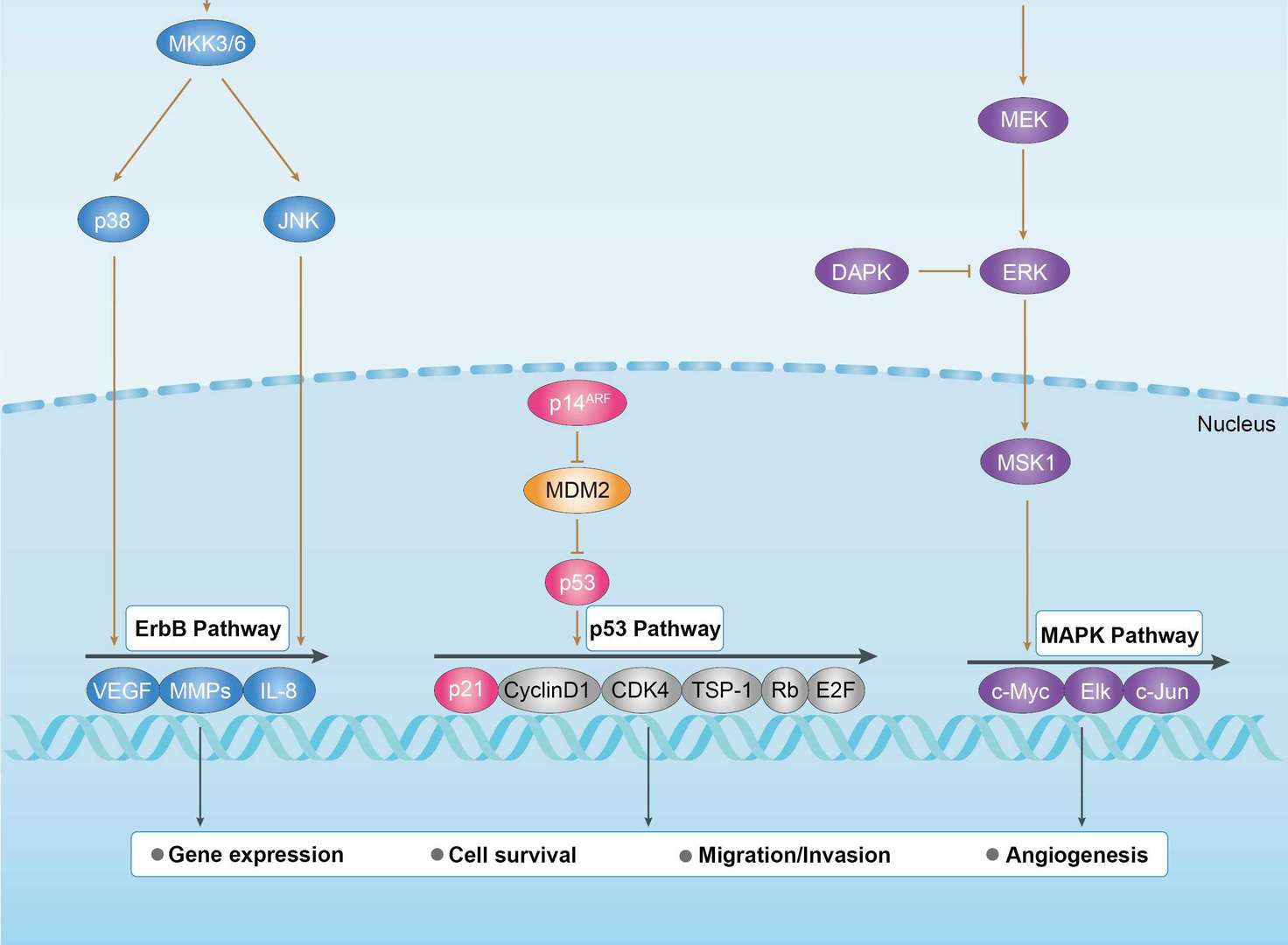 Bladder Cancer
Bladder Cancer
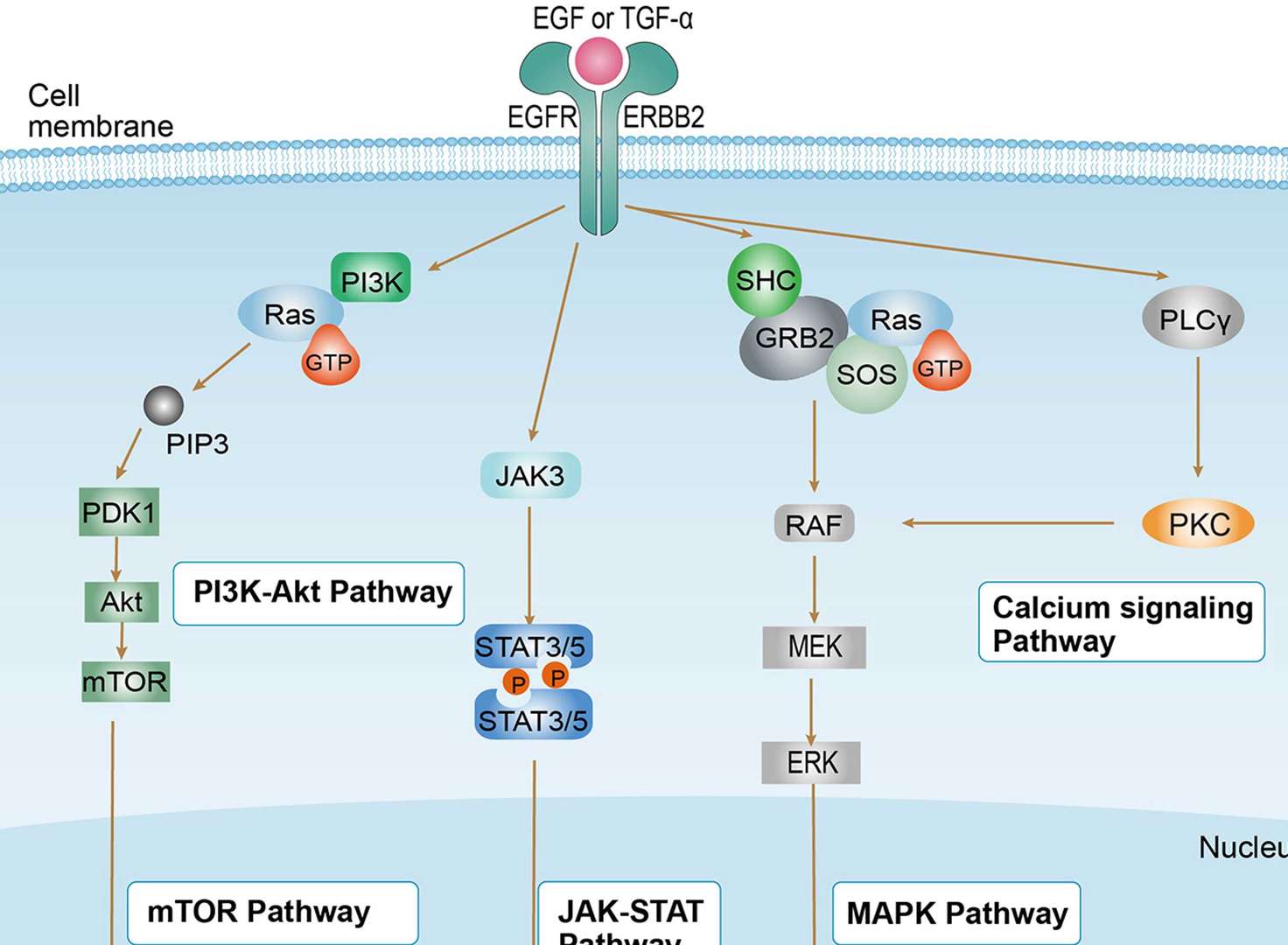 Non-small Cell Lung Cancer
Non-small Cell Lung Cancer
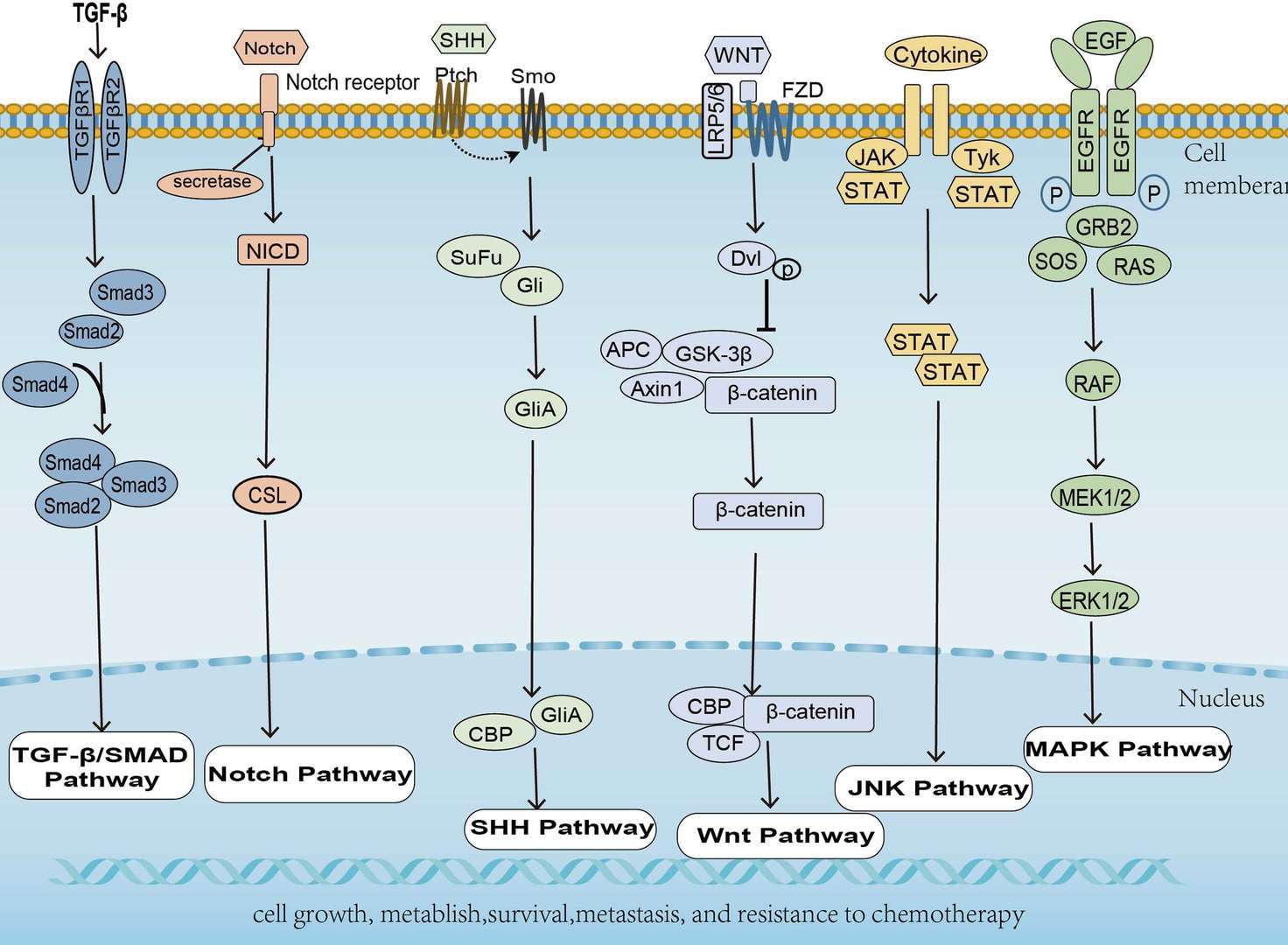 Pancreatic Cancer
Pancreatic Cancer
 Hepatocellular Carcinoma
Hepatocellular Carcinoma
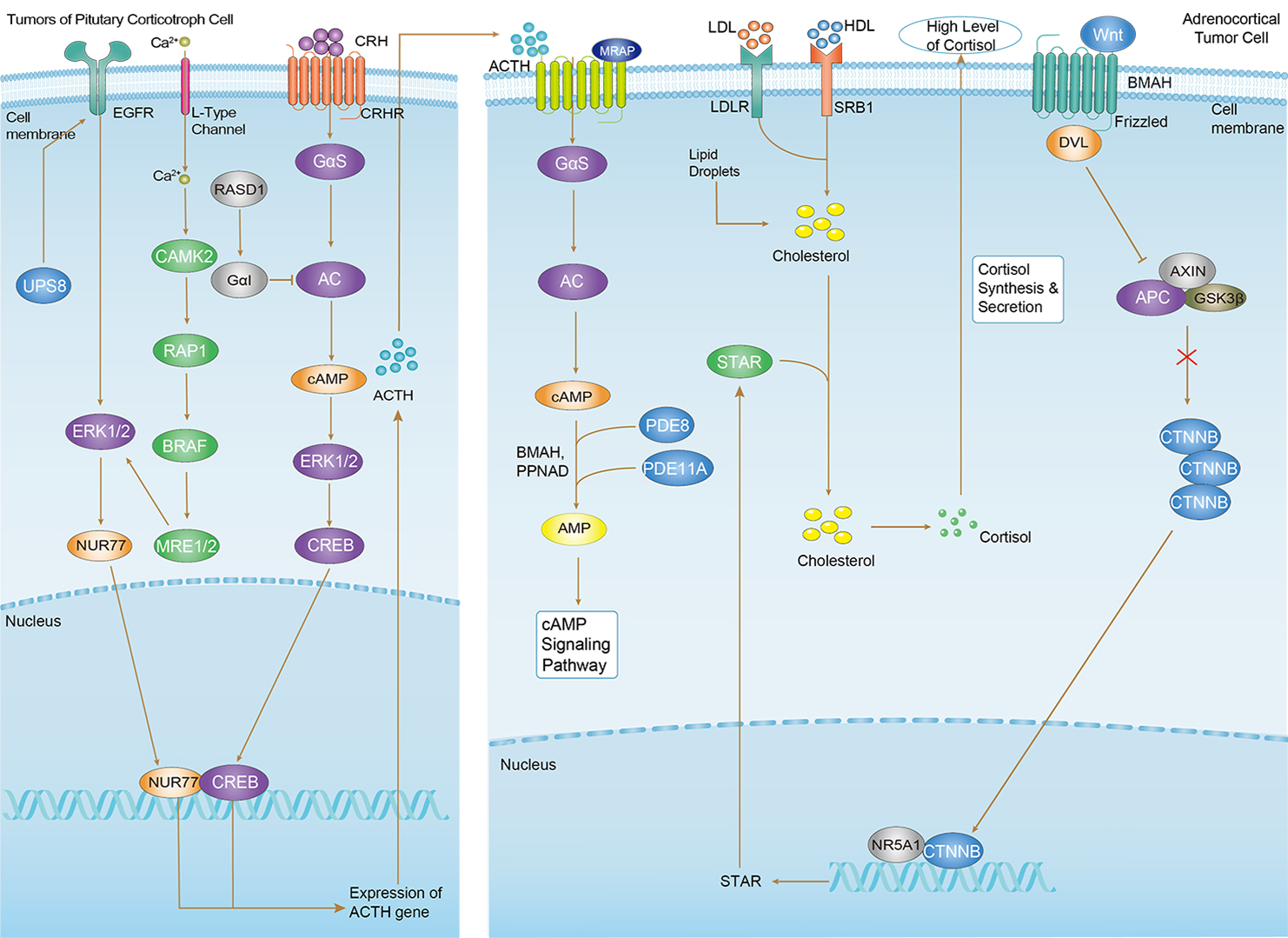 Cushing Syndrome
Cushing Syndrome
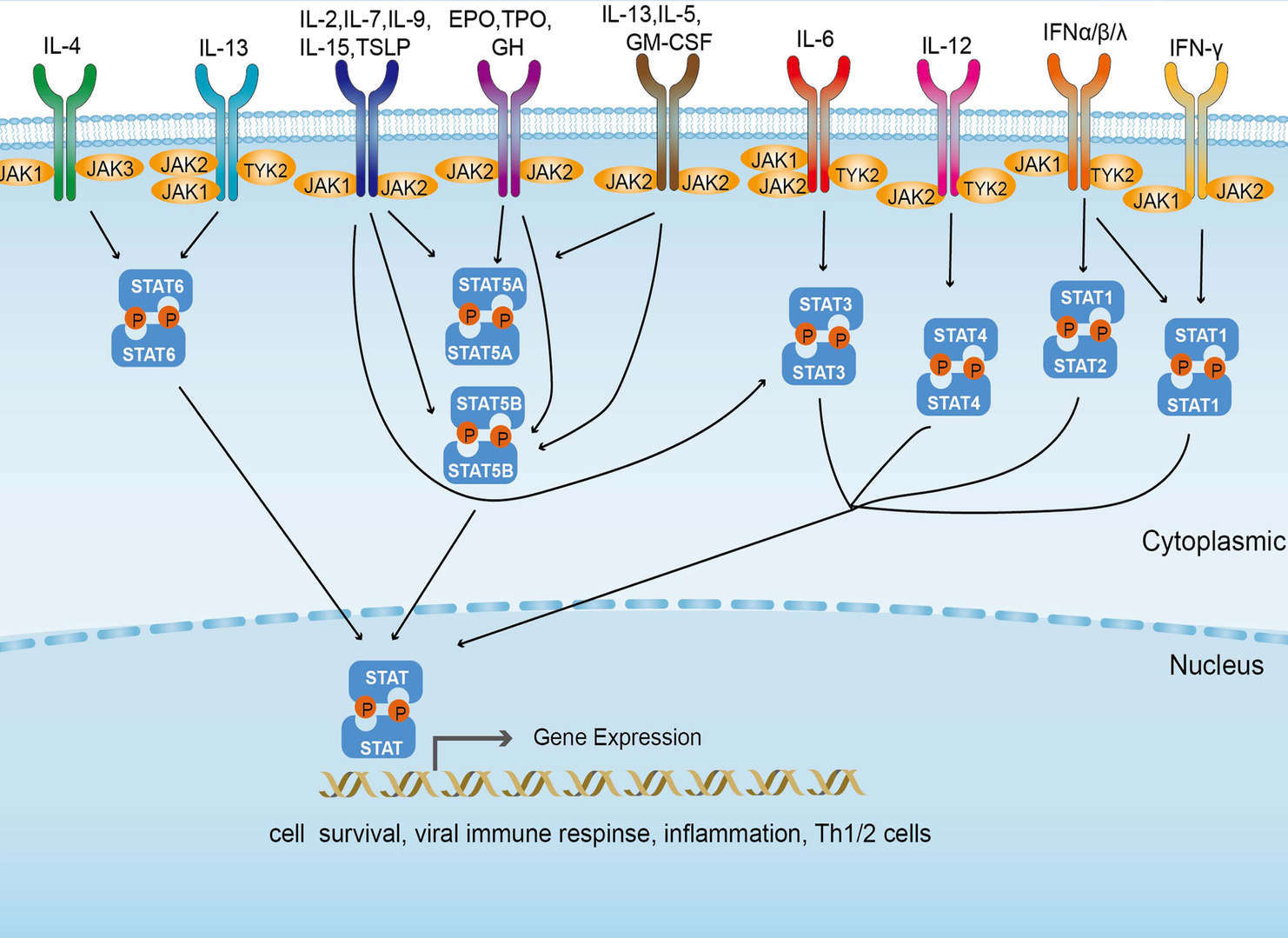 JAK-STAT Signaling Pathway
JAK-STAT Signaling Pathway













